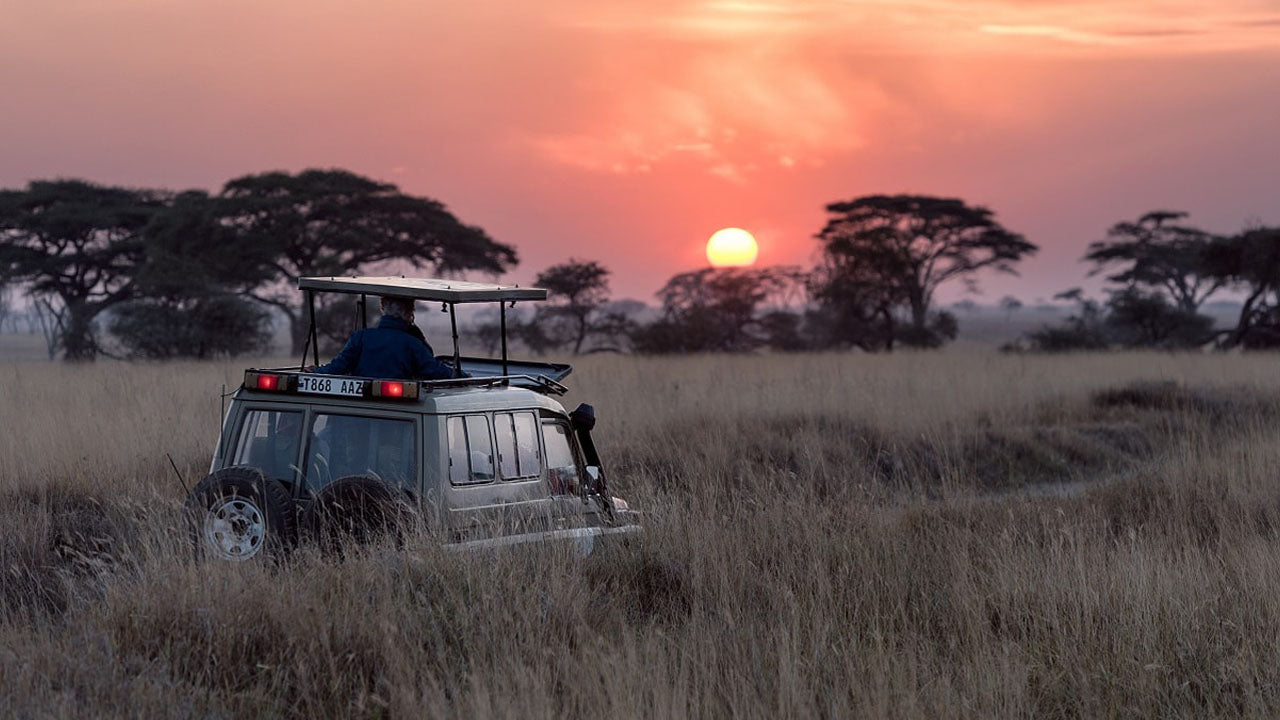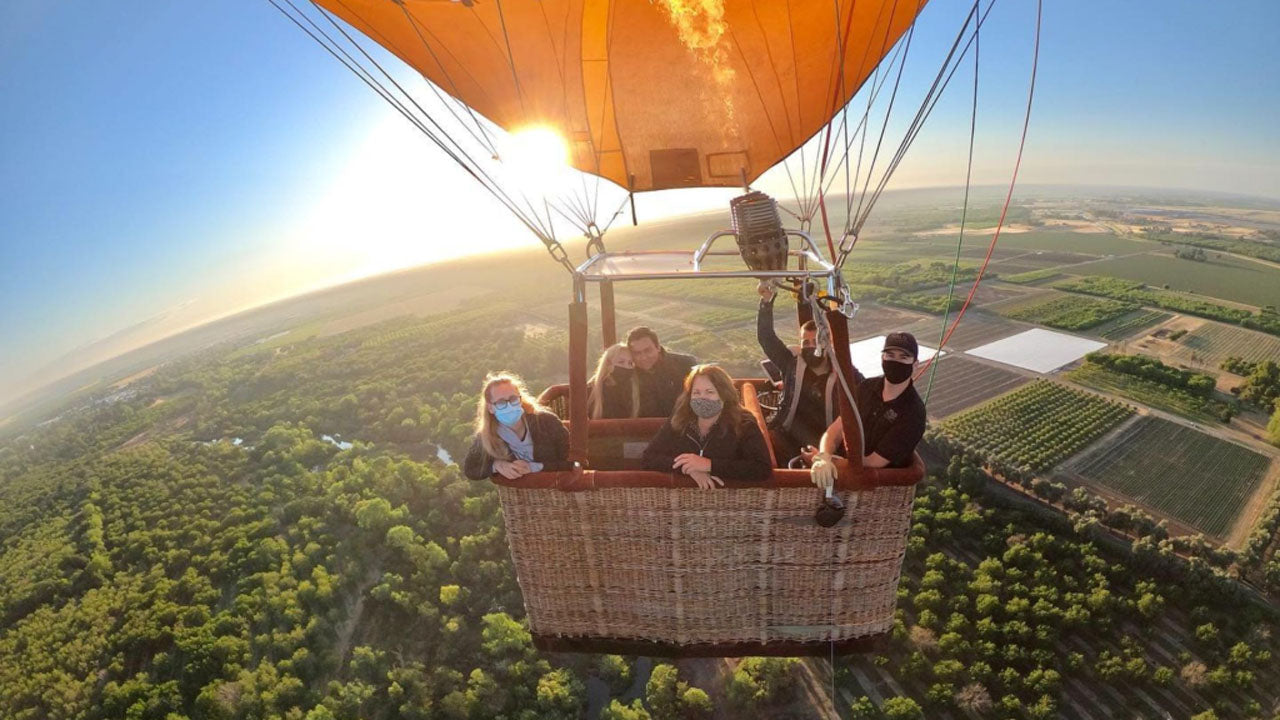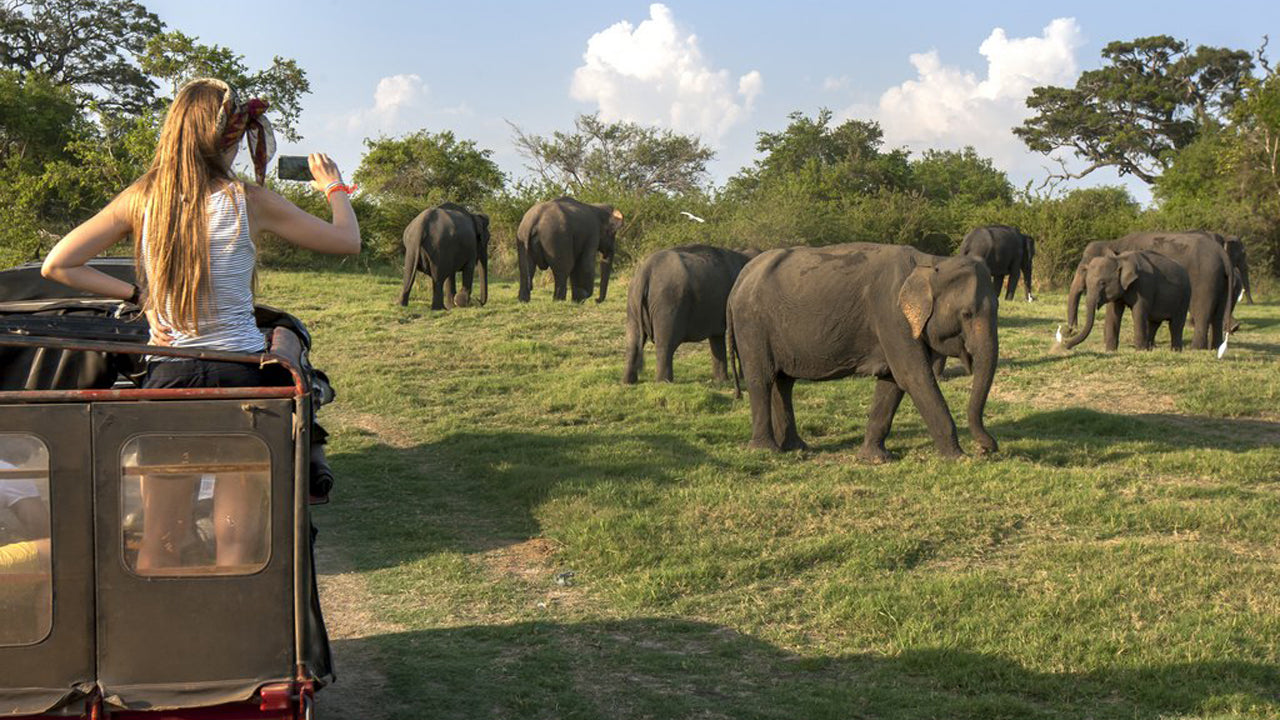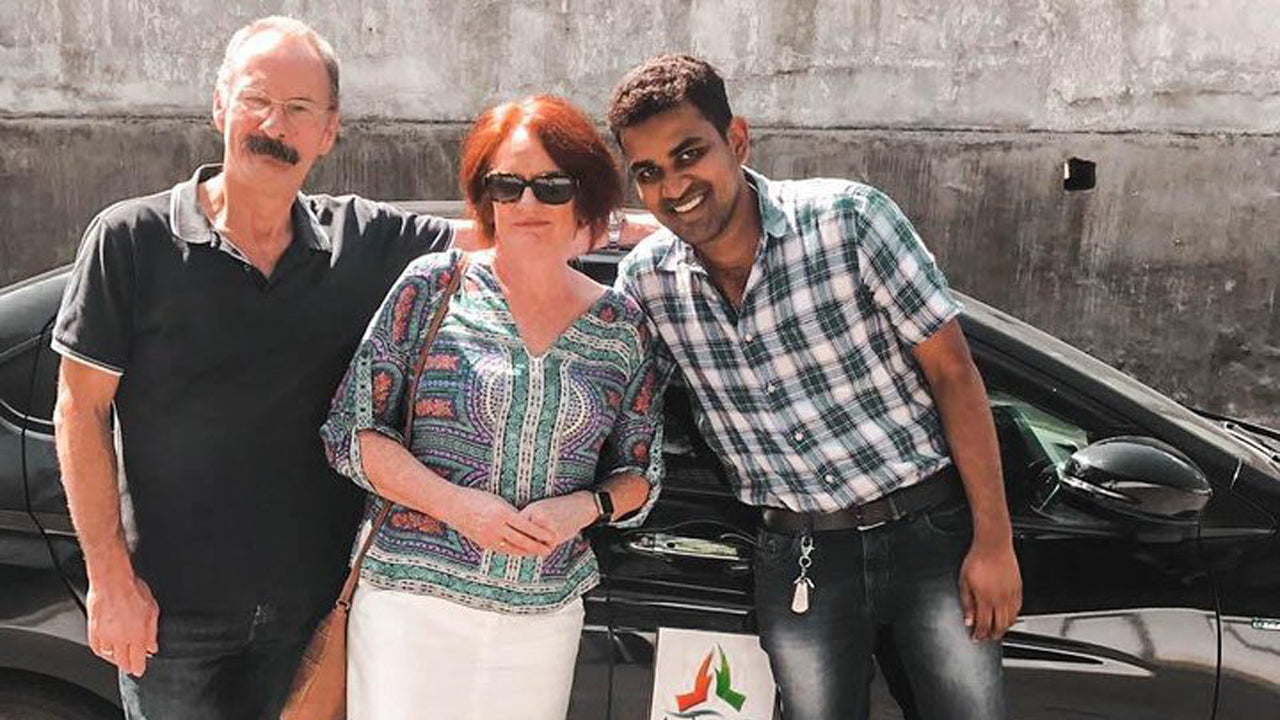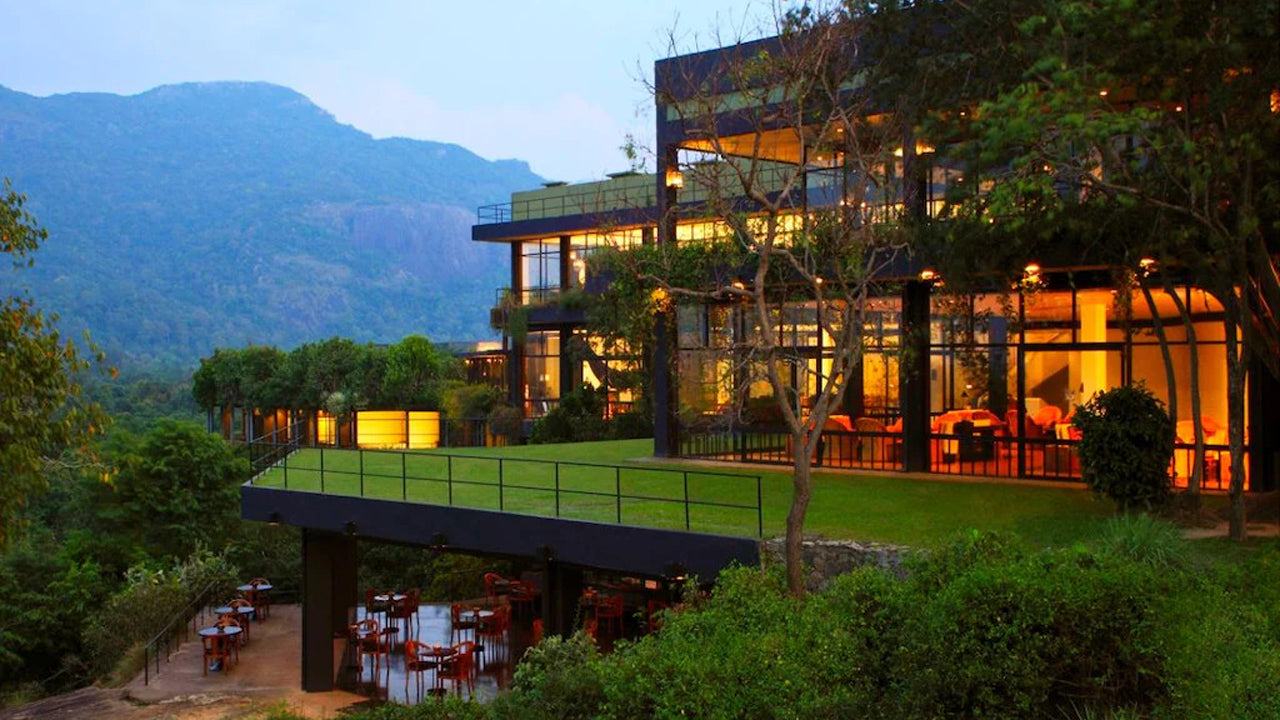
Kandalama City
Kandalama: Scenic village in Sri Lanka near Dambulla, known for its picturesque landscapes, ancient cave temples, and the iconic Kandalama Hotel.
Kandalama-Stadt
Informationen Kandalama
Kandalama ist ein Dorf in Sri Lanka. Es liegt in der Zentralprovinz . Kandalama beherbergt eines der ersten Fünf-Sterne-Hotels Sri Lankas, Heritance Kandalama , und den archäologischen Wald Kaludiya Pokuna.
Kandalama ist geprägt von zwei UNESCO-Welterbestätten – dem Höhlentempel von Dambulla aus dem 1. Jahrhundert v. Chr. und der Felsenfestung Sigiriya aus dem 5. Jahrhundert n. Chr.
Der alte Bewässerungstank, der vor 1700 Jahren von König Vasabha erbaut wurde, befindet sich in Kandalama. Das Dorf liegt am Fuße der Berge Ereulagala (696 m ü. NN) und Dikkandahena (618 m ü. NN) am nördlichen Ende der Matale- Berge und am Beginn der Trockenebenen. Es liegt an der Grenze zwischen der Übergangs- und der Trockenzone.
Matale ist eine Stadt im Bergland Sri Lankas. Die Knuckles-Bergkette ist ein besonderes Wahrzeichen von Matale. Zum Verwaltungsbezirk Matale gehören auch die historische Felsenburg Sigiriya , der Aluwihare-Tempel und der Dambulla- Höhlentempel. Die Stadt ist von den Knuckles-Ausläufern umgeben, die Wiltshire genannt werden. Es ist ein überwiegend landwirtschaftlich geprägtes Gebiet, in dem Tee-, Gummi-, Gemüse- und Gewürzanbau vorherrschen.
Der Aluvihare-Tempel im Norden der Stadt ist der historische Ort, an dem der Pali-Kanon erstmals vollständig auf Ola-(Palm-)Blättern niedergeschrieben wurde. In der Nähe von Aluvihare befinden sich zahlreiche Klosterhöhlen, von denen einige schöne Fresken aufweisen.
Kandalama wird auch auf TripAdvisor , Viator und GetYourGuide vorgestellt【Text by Lakpura™. Images by Google, copyright(s) reserved by original authors.】
About Central Province
The Central Province of Sri Lanka consists primarily of mountainous terrain. The province has an area of 5,674 km², and a population of 2,421,148. Some major towns include Kandy, Gampola (24,730), Nuwara Eliya and Bandarawela. The population is a mixture of Sinhalese, Tamil and the Moors.
Both the hill capital Kandy and the city of Nuwara Eliya are located within the Central Province as well as Sri Pada. The province produces much of the famous Ceylon tea, planted by the British in the 1860s after a devastating disease killed all the coffee plantations in the province. Central Province attracts many tourists, with hill station towns such as Kandy, Gampola, Hatton and Nuwara Eliya. Temple tooth or Dalada maligawa is the main sacred place in Centrel province.
The climate is cool, and many areas about 1500 meters often have chilly nights. The western slopes are very wet, some places having almost 7000 mm of rain per year. The eastern slopes are parts of the mid-dry zone as it is receiving rain only from North-Eastern monsoon. The Temperatures range from 24°C at Kandy to just 16°C in Nuwara Eliya, which is located 1,889 m above sea level. The highest mountains in Sri Lanka are located in the Central Province. The terrain is mostly mountainous, with deep valleys cutting into it. The two main mountain regions are the central massif and the Knuckles range to the east of Kandy.

